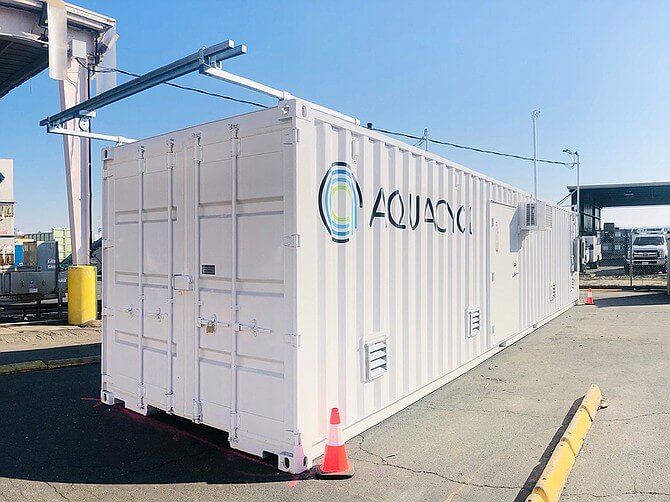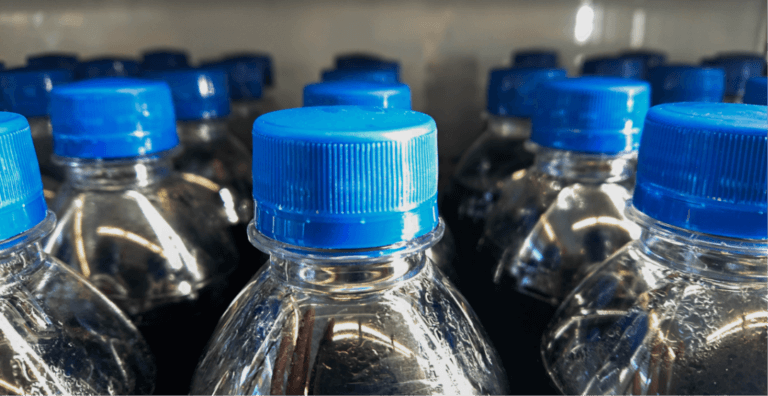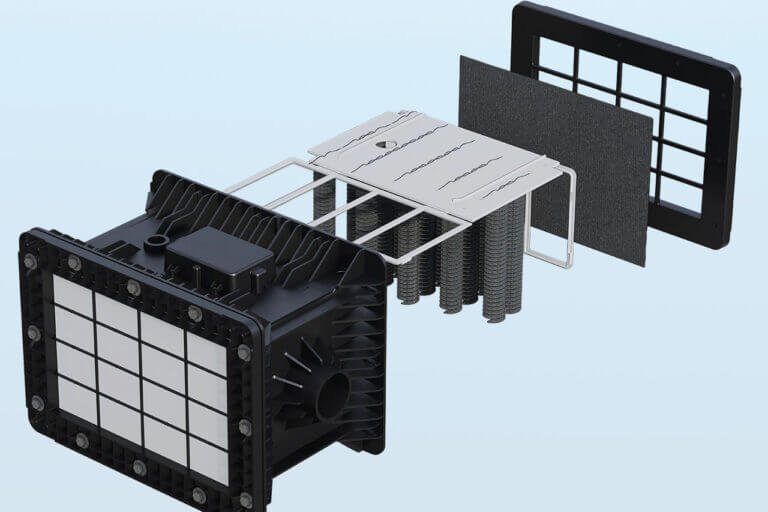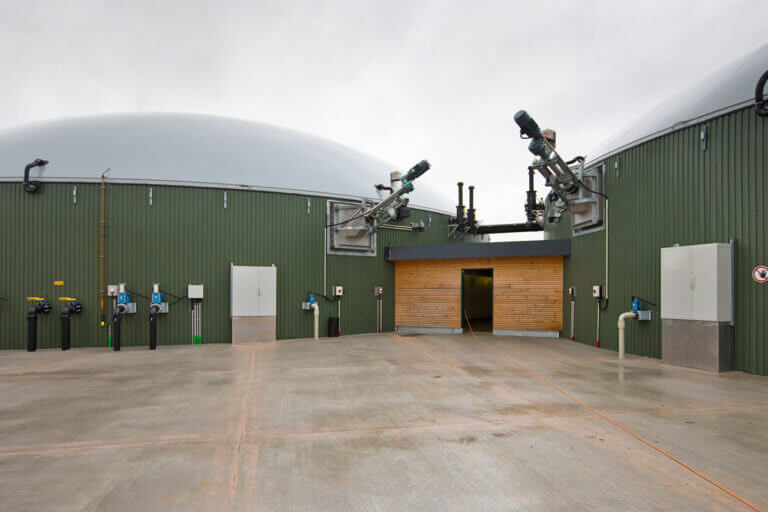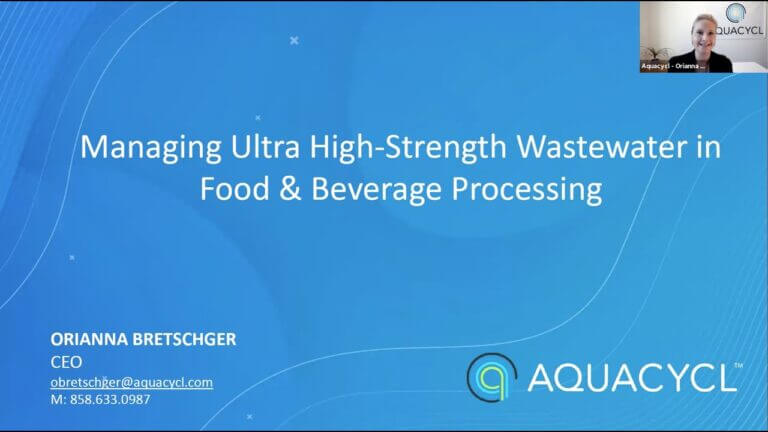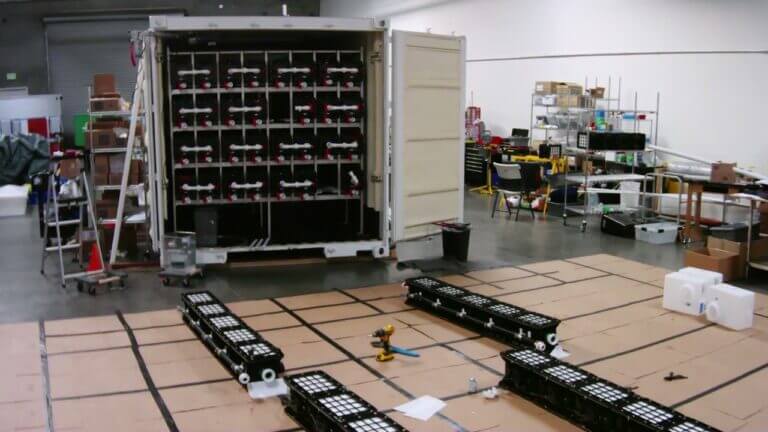There are many interesting and potentially game changing water sector technologies, which are forcing municipal and industrial companies to rethink wastewater.
Wastewater treatment solutions are an important part of ensuring access to clean drinking water, preventing or reversing ecological damage, and helping to mitigate climate change by reducing greenhouse gas emissions.
Some of the areas where we’ve seen a lot of innovation and new entrants are: water reuse and circularity, PFAS destruction, and monitoring wastewater quality. In this article, we highlight some of the companies that are pushing the boundaries when it comes to bringing new solutions to the market in these areas. There are many other cool companies out there, and we want to highlight some that we believe are changing the future of wastewater.
Water reuse
Water reuse and recycling means treating wastewater in a way that allows the water to be used again at that same location. This is especially important in areas of water scarcity, as it reduces dependence on freshwater sources. New solutions are being applied for water reuse at the household, community and industrial level, as well as large-scale water recycling at the municipal level.
Industrial applications include treating process wastewater for fit-for-purpose use, or treating the water to appropriate quality for a secondary application. Common uses for recycled water at industrial facilities will be floor washing, toilet flushing, cooling towers, boilers, truck washing and landscaping, or sharing with other industrial neighbors that require lower quality water for their process. This could be, for example, the treated effluent from a bottler being used in an adjacent cement mill, or for irrigation at a nearby farm.
Advantages of water reuse approaches include minimizing the transport cost of wastewater and minimizing the need for additional fresh water. In some cases, hot wastewater from bathing or cleaning can also be reused in a building’s heating system. Water reuse can be implemented at the site level, allowing solutions to be tailored based on the characteristics and needs of the location.
The following are some companies that are leading the pack for water sector technologies for reuse.
Epic Cleantec
Epic Cleantec provides distributed wastewater treatment, with onsite water reuse for commercial or large residential buildings. They can recycle up to 95% of a building’s wastewater, including black water and gray water. Depending on the size of the building, the system’s footprint is roughly the size of a few parking spaces.
Its multi-barrier approach incorporates ultra filtration membranes and advanced disinfection systems. These features ensure the production of a highly pure final product that meets regulatory requirements for both interior and exterior recycled water.
Evove
Evove has created a membrane that overcomes some critical challenges with conventional membrane technology. By combining advanced materials science with additive manufacturing, they create uniform membrane pores, which provides better performance in terms of fouling, and enables water recycling for a variety of industries.
HydraLoop
HydraLoop is a company that creates modular gray water treatment systems for use in both residential and commercial applications. The devices treat gray water from shower, bathing, and washing machine outflows to allow use for toilet flushing, additional wash cycles, and onsite heating applications in the case of hot water outputs.
Rainstick
At the residential level, Rainstick is a company that offers a system for recycling shower water, drastically reducing how much water is used during each shower. The system operates by capturing, circulating, and purifying water in real-time, before pumping it back through the showerhead.
Wastewater Treatment and Circularity
Wastewater treatment is a broad category that encompasses solutions for addressing the various contaminants from wastewater streams. Since these contaminants vary substantially, treatment solutions are generally best employed on a case-by-case basis determined by the specific characteristics of the wastewater at each site.
Traditional treatment has focused on removing pollutants, not enabling circularity, but new water sector technologies are changing this paradigm and recovering valuable nutrients, energy and byproducts from the wastewater.
Aquacycl
Aquacycl provides wastewater treatment as a service for challenging industrial streams, using a patented, modular BioElectrochemical Treatment Technology (BETT) system to handle wastewater with a high biological oxygen demand (BOD). Each reactor contains naturally existing microbes that produce direct electricity as they remove high concentrations of organic pollutants.
Treating onsite, in a low-energy process translates to 90% less greenhouse gas emissions than traditional aerobic treatment systems, and the system can work in conjunction with anaerobic digesters to increase biogas generation, or with aerobic treatment to reduce energy demand.
Aquacycl’s system is very effective for manufacturing processes that have a high BOD output, such as the food and beverage industry as well as other industries with complex and challenging streams, such as confined animal production, hydrocarbons and pharmaceutical.
BioFiltro
BioFiltro employs their patented Biodynamic Aerobic (BIDA®) System that uses the digestive capabilities of worms and microbes to remove up to 99% of wastewater contaminants in just four hours. This efficient process yields high-quality water suitable for agricultural irrigation, city discharge at reduced costs, or for achieving nutrient management objectives.
A valuable byproduct of this system is worm castings, a nutritious soil amendment that enhances crop yield, soil health, and carbon sequestration. Studies indicate that BioFiltro’s system can reduce greenhouse gas emissions by 91%.
Gross-Wen Technologies
Gross-Wen Technologies recovers nutrients from wastewater using algae and subsequently converts the nutrient-rich algae into a slow-releasing algal-based fertilizer. Central to their technology is the Revolving Algal Biofilm System. As the algae flourish, they consume nitrogen and phosphorus from the wastewater. The sale of algae fertilizer helps offset operational expenditures.
Water Warriors
Water Warriors is a company that focuses specifically on nutrient pollution in water. Their technology relies on pellets to remove phosphorus from water, which can reduce toxic algal blooms and other problems associated with high nutrient levels in natural water. They are also in the process of developing pellets to remove nitrogen from water as well.
PFAS Destruction
If you haven’t heard of PFAS and PFOA, you must have been living under a rock for the past few years. Per-and Polyfluoroalkyl Substances (PFAS) are a group of chemicals used in fluoropolymer coatings and products designed to resist heat, oil, and water.
These chemicals are called forever chemicals and are found in many products including clothing, furniture, food packaging, adhesives, and insulation. Beyond just wastewater, PFAS have accumulated in various water supplies, including drinking water, particularly in areas around aviation or industrial sites.
PFAS are incredibly harmful for both humans and wildlife as they do not break down in the environment and can move through soil and contaminate underground water sources. When they accumulate to certain levels in humans, PFAS can cause a range of negative health effects.
Getting rid of PFAS in water has thus far been a challenge. However, multiple companies have begun developing solutions to address this particularly nasty contaminant.
Enspired Solutions
Enspired Solutions presents an innovative water treatment designed to permanently eliminate PFAS in water using PFAS reductive defluorination (PRD), which harnesses ultraviolet light to trigger a reaction that systematically dismantles PFAS molecules, converting them into water, fluoride, and simple carbon compounds. Their water sector technologies integrate into pre-existing water treatment frameworks.
Aclarity
Aclarity is a company that offers PFAS destruction technology incorporating an anode surface that uses free electrons to break down the carbon-fluorine bonds, converting the PFAS into CO2, hydrofluoric acid, and fluorine ions. The system can also deal with ammonia, BOD, and COD contaminants within the same system. Applications of the Aclarity technology include treating landfill leachate, industrial wastewater, drinking water, and wastewater from aviation sites.
374 Water
374 Water Solutions employs water sector technologies known as Supercritical Water Oxidation (SCWO) to address PFAS and other contaminants in wastewater. The cornerstone of their approach is a physical-thermal process that leverages water in its supercritical state (above 374°C and 221 bar) combined with air. This reaction generates energy and produces safe by-products for reclamation and reuse. They offer an efficient decentralized solution, facilitating the treatment of a vast array of waste feedstocks from a variety of industrial sources.
Monitoring
Data analytics and monitoring is another vital aspect of sustainable wastewater treatment. Peter Drucker famously said, “you can’t improve what you don’t measure”, and we agree. This encompasses tracking individual wastewater streams to ensure onsite treatment systems are working properly as well as monitoring large bodies of water such as reservoirs and lakes, rivers, and coastal areas. Ultimately, we need to be able to monitor the health of watersheds, and the impacts of specific discharges, changing climate, or interventions on the watershed level. Most data analytics companies have focus on mapping water quantity, as it is more easily trackable.
Advances in sensors, geospatial imagery, AI, and other data sets have created visibility into real-time water quality. Modern water monitoring solutions employ a combination of onsite sensors and real time tracking interfaces to allow operators the ability to remotely assess water quality, contaminants, and other key variables.
Gybe
Gybe is a large-scale monitoring solution for large bodies of water that utilizes a combination of ground sensors and satellite imagery to provide real time and contextualized data, allowing stewardship decisions at the basin level. It’s subscription model offers the user-friendly GybeMaps WebApp to continuously monitor variables such as algae blooms, turbidity, and sediments.
Wastebits
Wastebits is a sustainability and waste management software company that provides visibility across waste streams—including challenging areas such as industrial wastewater. Tools like Wastebits provide advanced waste profiling and help companies uncover cost-saving opportunities, identify energy sinks, and simplify reporting, empowering organizations to achieve their ESG goals with confidence.
What are we waiting for?
There are some really cool companies out there pushing the limits when it comes to innovative water sector technologies. In most cases, the challenge that these innovators face is not technological, but the speed of market adoption. For companies that are looking at ways to improve operations, reduce risk, and achieve their sustainability goals, we urge you to look at the overlooked and undervalued value of wastewater. No matter what challenges you face with your wastewater, there is an innovative technology out there that can help you improve your processes.



